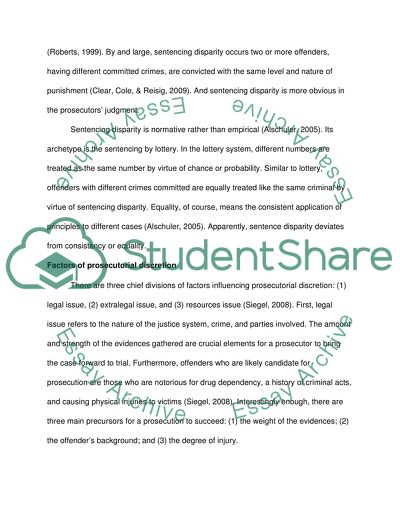Cite this document
(“Sentencing Disparity Term Paper Example | Topics and Well Written Essays - 2500 words”, n.d.)
Sentencing Disparity Term Paper Example | Topics and Well Written Essays - 2500 words. Retrieved from https://studentshare.org/miscellaneous/1569317-sentencing-disparity
Sentencing Disparity Term Paper Example | Topics and Well Written Essays - 2500 words. Retrieved from https://studentshare.org/miscellaneous/1569317-sentencing-disparity
(Sentencing Disparity Term Paper Example | Topics and Well Written Essays - 2500 Words)
Sentencing Disparity Term Paper Example | Topics and Well Written Essays - 2500 Words. https://studentshare.org/miscellaneous/1569317-sentencing-disparity.
Sentencing Disparity Term Paper Example | Topics and Well Written Essays - 2500 Words. https://studentshare.org/miscellaneous/1569317-sentencing-disparity.
“Sentencing Disparity Term Paper Example | Topics and Well Written Essays - 2500 Words”, n.d. https://studentshare.org/miscellaneous/1569317-sentencing-disparity.


